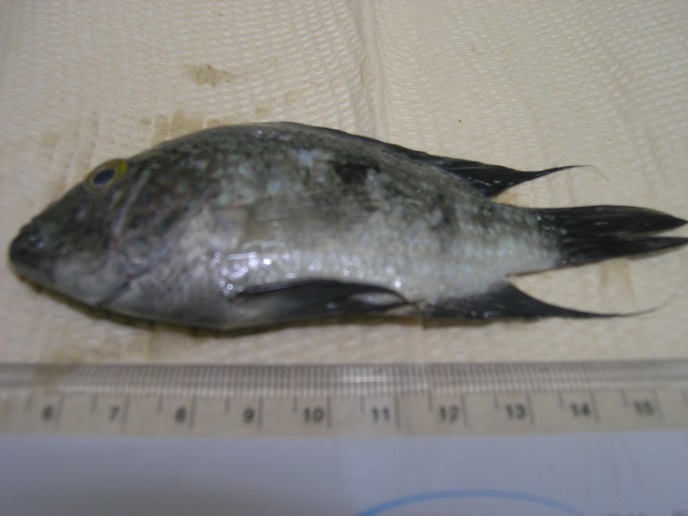flower horn


The Flowerhorn, also called Luohan (Luo Han), is a intergeneric cichlid hybrid. Flowerhorns are thought to arise from the man-made hybridization of a number of cichlid species, from South and Central America. Although the exact parent species are not known, it is most likely that they include Cichlasoma trimaculatum and Amphilophus citrinellus (or another fish of the red devil cichlid) complex. Flowerhorns first emerged for sale on the aquarium market in Malaysia in the late 1990s and soon became popular in many countries in Asia. As a probable intergeneric hybrid the fish lacks a specific Latin name. Flowerhorns are, unlike many other hybrids, fertile.
Other notable inclusions in the flowerhorns breeding are Cichlasoma festae and Vieja synspila ('Redheaded' cichlid). Only the original breeders know exactly which species they crossbred to create the Flowerhorn cichlid. Given the vast amount of mixing, it is doubtful any recorded details of hybridisations exist.
There is a belief in the Far East that ownership of a Flowerhorn brings good fortune, especially in business and gambling. The hump that the adult male fish develops is said to resemble the Chinese god of longevity, and it is believed that the owners luck will grow if the fish's hump grows. The adult males are thus the most commercially valuable. Flowerhorns have distinctive markings on their sides, which can be interpreted as recognisable symbols. It is also noteworthy that the original species from which these cichlids were hybridised also display a number of these traits.
The market for Flowerhorns exhibited a classic boom and bust cycle of the phenomenon, with rarity at the start and a huge oversupply at the end. The height of the outburst was in 2003, and was mainly in several countries in Southeast Asia.
Flowerhorns are hardy and very undemanding fish to keep in an aquarium. They do, however, require large aquariums due to their large size - they can grow up to 16 inches (40 cm) long. They are aggressive and carnivorous, and thus can only be kept with other large fish.

